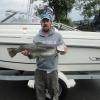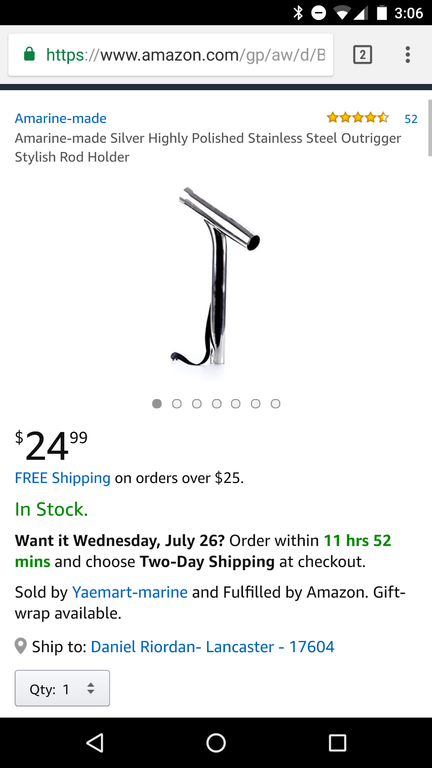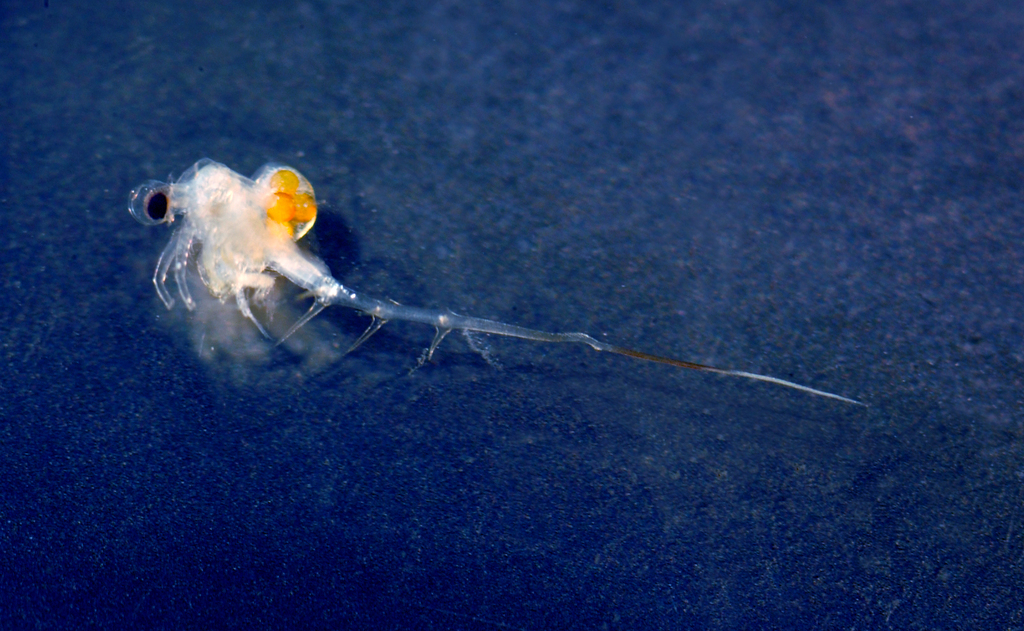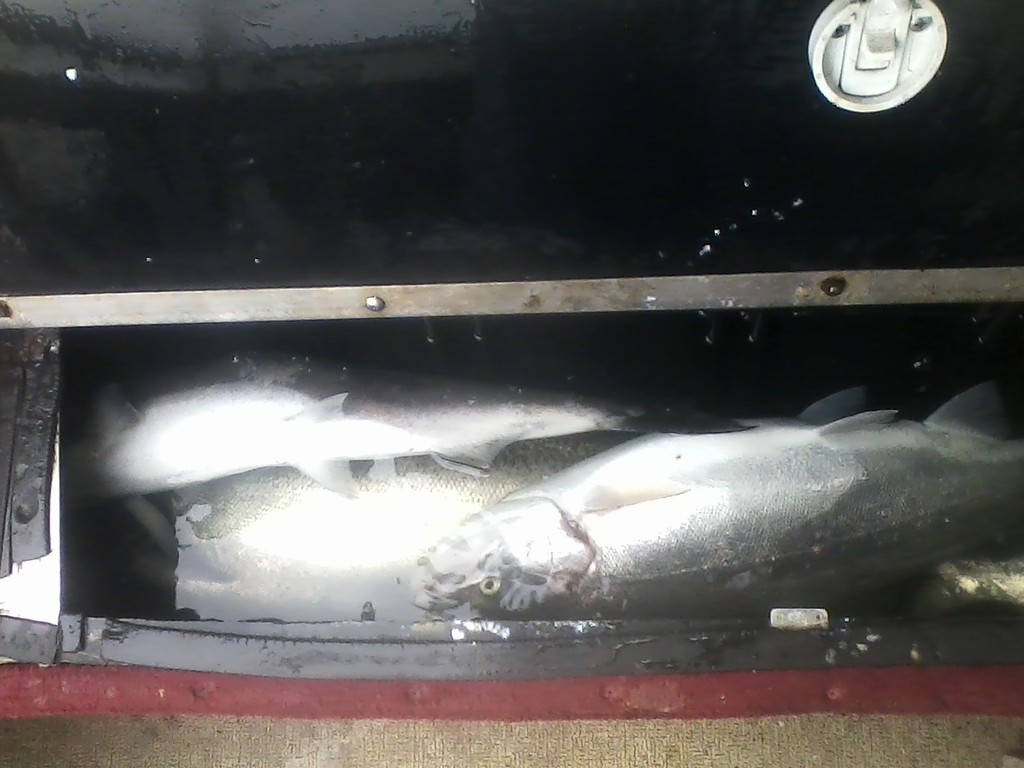-
Posts
13,873 -
Joined
-
Last visited
Everything posted by Sk8man
-
-

Sold / Closed Trolling Lure Dump
Sk8man replied to bahamadave's topic in Classifieds - Buy, Sell, Trade or Rent
-

Fleas in Oswego
Sk8man replied to Bearcat's topic in New York Fishing Reports - Lake Ontario (South Shore)
-

Fleas in Oswego
Sk8man replied to Bearcat's topic in New York Fishing Reports - Lake Ontario (South Shore)
-
Although stuff can be replaced it is the feeling of being violated that is difficult to accept. Really sorry....It is unfortuately a sign ofthe times and becoming alll too frequent lately. Hopefully your stuff will turn up and the scum caught.
-

Sold / Closed Trolling Lure Dump
Sk8man replied to bahamadave's topic in Classifieds - Buy, Sell, Trade or Rent
-

sodus 7/23
Sk8man replied to fisherdude's topic in New York Fishing Reports - Lake Ontario (South Shore)
-

Netting Techniques- lost 3 today -bad technique
Sk8man replied to garrymny's topic in Tackle and Techniques
When you net them from the back and under the netting is extended backward and if the fish turns... hes in the net and he doesn't see the net coming from behind to get spooked by it.The netting doesn't float on top of the water as easily as when you net from the front. I know I'm outnumbered here on this but regardless of the opinions exxpressed....it works well. This is the way the old timers did it so it can't be as bad as folks may seem to think. Just the net and no extra stuff needed -
First of all there are some different types of fleas and some are more difficult than others to get off your lines. It also depends on what particular lines you are using (e.g. leadcore, wire, or mono/fluoro etc.) and in some cases the line diameter as well as the texture of the line makes a difference. With mono for downriggers I use the Bloodrun 30 lb Sea Flee and a fluoro leader off of it and in general it works quite well for that application and confines pretty much any build up to the leader and/or connections. The Sea Flee line especially when new has a lot of stretch and that is something to get used to. It is very slick and that is probably why the fleas have a hard time attaching to it but I also now make about 7 twists of the loop in my Black releases to keep ity from slipping there. Leadcore and braid load up fast and are probably the most prone to quick build ups. My 250 and 300 coppers don't seem to have much problem other than at the leader connection to the swivels. Seven strand wire collects it pretty good if the fleas are real thick...I'm not sure about 19 strand wire as I haven't used it. Keep in mind that the concentrations of fleas vary greatly throughout the water column both vertically and horizontally. It is why some folks report heavy infestations while other say they were light or didn't encounter them at all the same day on that particular body of water. Some people also check their lines more frequently than others giving them less time to bulld up. Recently on Lake O the fleas that attached to our lines looked a greenish color rather than grey and they came off the lines quite easily in comparison with some other types we've encountered and especially those on most of the Finger Lakes which are like cottonwood stuff to get off. When very thick they will also build up on 150 lb downrigger cable so the larger line line diameter thing is not bullet proof either. Folks have mentioned many ways in previous posts here that they get them off and some of it depends on which type of flea and what type of line interms of success. For me usually they seem to come off the line by scrunching them up and pinching them off. The other day we were able to just shake our lines with that particular type and they came off. Some folks slap the water with their line. If the fleas are thick I know of no way to prevent them totally and checking your lines very frequently is always advisable.
-

Sodus 7/ 22
Sk8man replied to fisherdude's topic in New York Fishing Reports - Lake Ontario (South Shore)
-
-

Netting Techniques- lost 3 today -bad technique
Sk8man replied to garrymny's topic in Tackle and Techniques
-

Netting Techniques- lost 3 today -bad technique
Sk8man replied to garrymny's topic in Tackle and Techniques
-

Netting Techniques- lost 3 today -bad technique
Sk8man replied to garrymny's topic in Tackle and Techniques
One of the first things I ever learned about netting a fish is that you net them from behind and under them NOT from the front. A few reasons for it: you can disengage the hook in their mouth with the net, often they see the net and are spooked, and it helps to try and get them a little toward the side of the boat if possible for better leverage. -

Riviera Manual Down Rigger
Sk8man replied to Bosun Cowboy's topic in Classifieds - Buy, Sell, Trade or Rent
Wow a flash from the past....I had two of the long arm boom versions and they saw a lot of fish in the seventies and early eighties. That one looks in pristine shape. -
Nice job on it Pete Thanks for your thoughtfulness in posting it. Happy jigging!
-
No matter which lake folks choose to fish right now a lot of care needs to be taken out there....a lot of submerged debris. We snagged a big branch with a rigger on Lake O the other day and glad I didn't hit it with the big motor. Stay safe out there.
-

Sodus 7/19
Sk8man replied to fisherdude's topic in New York Fishing Reports - Lake Ontario (South Shore)
-
Coming from Lancaster if coming either Rt#5 or the Thruway probably either the Chamber of Commerce launch in Geneva or the one at the Seneca Lake State Park would be the most direct. The Chamber launch is just east of Rt #14 in Geneva and the State Park is just east of that about a mile or so. The chamber launch will get you to deeper water a bit quicker. Spinneys and fly or spoons will work and especially for lakers trolled just below the thermocline . Rainbows, landlocks and browns may be more susceptible to spoons trolled fairly fast from rigggers or coppers. Be prepared for the fleas especially if using leadcore or braid. At this point in the season don't be afraid to troll out in the middle in deep water for bows and landlocks. Thermocline running from about 35 to 65 ft today.
-
Small light weight spoons for the Atlantics (e.g. small Honeybees, #8 Sutton, small orange or lime green Acme Looter if you have one). The Atlantics will probably want the presentation much faster than the lakers too. Lakers should be in the 90 -100 ft range I would suspect and without the depth finder I would be starting on a diagonal from shore and trying to reach bottom with some weight as I go along until you can't reach bottom or you connect. They are going to be bottom oriented at this point in the season in the colder water. Run a very short leader off the thumper with a heavier spoon on it
-
Gill - If you are getting the bass you need to be DOWN....I'd try some weight added? Also if there are any stores around there that carry Lake Clear Wobblers (attractor) the large copper/silver one is worth a shot with a small to medium spoon behind it (about the size of a Sutton 44)





.jpg.5c868ceb5d998acfca8daf2ea1c4b99a.jpg)